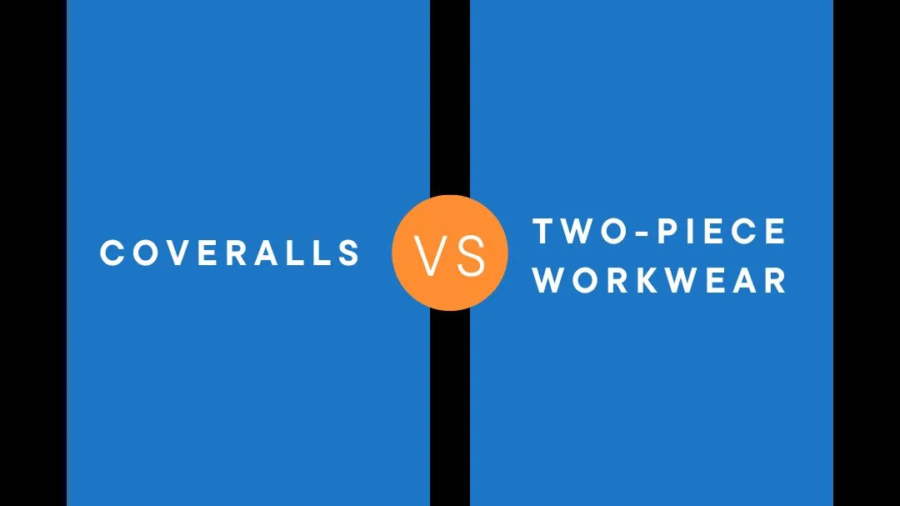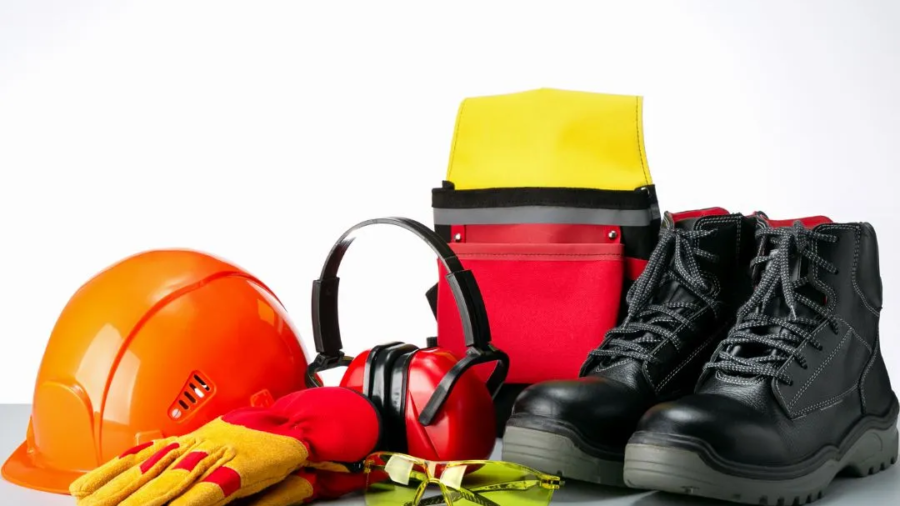When it comes to industrial uniforms, the choice between coveralls and two-piece workwear often depends on the type of job, safety requirements, and working environment. While both options serve the same purpose — protecting workers and promoting professionalism — their design, functionality, and comfort levels can vary significantly.
When to Select Coveralls and Two-Piece Workwear?
In this blog, we’ll break down the key differences between coveralls and two-piece workwear, so you can decide which uniform is right for your team.
1. Design and Structure
Coveralls are one-piece uniforms that cover the entire body from neck to ankle, often including long sleeves. They are designed to provide maximum protection by eliminating gaps between the top and bottom. This makes them ideal for environments where exposure to dirt, oil, chemicals, or sparks is common — such as workshops, factories, or construction sites.
On the other hand, two-piece workwear consists of a separate shirt or jacket and trousers. This allows for greater flexibility and ventilation, making it more comfortable for long shifts or moderately controlled environments like logistics, maintenance, and warehouse operations.
2. Level of Protection
Protection is the biggest factor separating these two types of workwear.
- Coveralls: Offer full-body protection, preventing exposure to dust, grease, and hazardous materials. They’re often made from flame-resistant or anti-static fabrics for industries like oil & gas, chemical plants, and automotive manufacturing.
- Two-Piece Workwear: Provides partial protection since the waist area remains exposed when bending or stretching. However, with the right fabric (like heavy-duty cotton or polyester blends), they can still offer excellent resistance to wear and tear.
If your team works in high-risk zones or handles machinery, industrial uniform manufacturers usually recommend coveralls.
3. Comfort and Breathability
Comfort plays a major role in productivity — and here’s where two-piece uniforms have an advantage.
Two-piece workwear allows workers to remove the upper garment when temperatures rise or when performing light-duty tasks. They also tend to fit better and allow for more movement, especially in hot climates.
Coveralls, while protective, can feel warmer since they trap heat and offer limited ventilation. However, modern coveralls made from breathable and moisture-wicking fabrics have significantly improved in comfort and performance.
4. Ease of Wearing and Maintenance
When it comes to ease of use, two-piece uniforms are easier to put on, remove, and wash separately. This is particularly useful when only one part (like the shirt or trouser) gets dirty.
Coveralls, being one-piece garments, are slightly less convenient for quick breaks or partial cleaning — you need to remove the entire outfit.
From a maintenance point of view, both are easy to clean if made from durable, machine-washable fabrics. Most workers uniform suppliers provide stain-resistant or wrinkle-free options to reduce upkeep costs.
5. Industry Suitability
| Industry | Recommended Workwear | Reason |
| Oil & Gas | Coveralls | Flame-resistant, full-body protection |
| Construction | Coveralls or Two-piece | Depends on site safety needs |
| Manufacturing | Two-piece | Flexibility & breathability |
| Logistics | Two-piece | Comfort for mobility |
| Automotive | Coveralls | Grease & dirt protection |
| Maintenance | Two-piece | Easy to move & wash |
Choosing the right uniform depends on your team’s daily exposure, mobility needs, and environment temperature.
6. Cost and Customization
From a cost perspective, two-piece workwear can be slightly cheaper per set, and replacement is easier since you can reorder just the top or bottom.
Coveralls, being larger and more complex to produce, may cost more per unit — but they last longer and offer better protection, reducing replacement frequency.
Both can be customized with embroidered logos, name tags, or reflective strips. If you’re sourcing from uniform suppliers in India, check if they offer bulk customization packages to reduce overall costs.
Final Verdict: Which One Should You Choose?
- Choose Coveralls if your staff works in high-risk environments involving dirt, oil, or chemicals. They ensure maximum protection and a professional, standardized look.
- Choose Two-Piece Workwear if your team needs freedom of movement, ventilation, and easy maintenance, especially for indoor or moderate industrial settings.
Ultimately, the best solution may be a mix of both, based on department roles — for example, technicians can wear coveralls while supervisors or warehouse staff use two-piece uniforms.
At Buzz Uniforms, we design and manufacture both coveralls and two-piece workwear for diverse industries. As trusted industrial uniform manufacturers in Mumbai, we help businesses balance protection, comfort, and budget — without compromising on style or quality.


